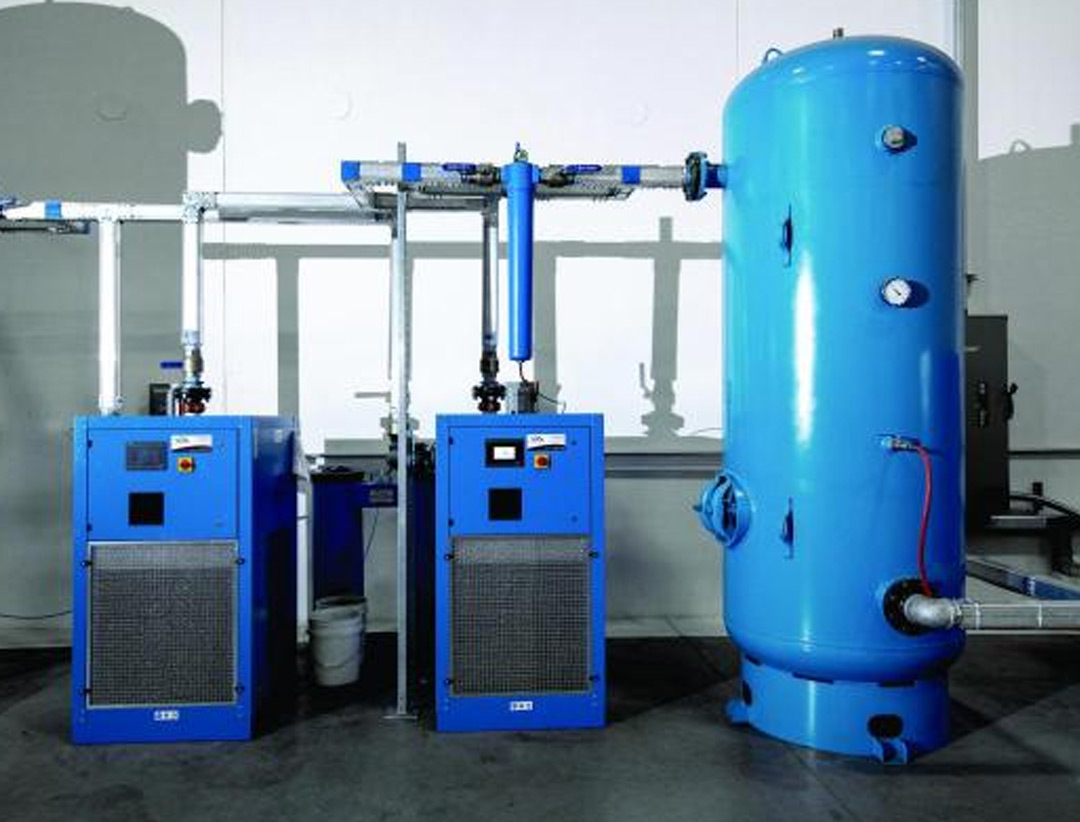Ons Engineering
Air Receiver Tank
It Keeps Pressurized Air On Reserve For Quick, Heavy-Duty Situations
Compressed air can be kept in a receiver tank for short-term storage
The goal of ONS engineering air receiver tanks is to assist businesses to become more productive by offering reasonable compressor solutions
Air Receiver Tank
The purpose of an air receiver tank is to store compressed air until you need it, allowing you to avoid running the compressor to meet sudden needs. Mild steel is typically used, and the tank’s outside may be prepared to reduce corrosion and lengthen its lifespan.
The interior of the tank may need to be galvanized or epoxy-coated for specialty uses, such as those in the food and beverage or medical industries, or the tank material may need to be stainless steel. Despite being more expensive, they are even more robust and provide cleaner air.
High-pressure air receiver tanks can be positioned either horizontally or vertically depending on the available space. The design of the tank might vary depending on the purpose, although they are normally cylindrical and come in a variety of sizes.

Benefits Of
Air Receiver Tank
Pulsation Reduction
By absorbing the pulsations in the air stream and the vibrations from the air compressor motor, the air receiver tank serves as a pulsation-dampening mechanism. This lessens wear and tear on piping and other system parts.
Debris Removal
Due to system corrosion, motor emissions from the air compressor, or airborne particles in the facility, particles may enter the airstream.
Many of these particles, as well as the condensate inside the air receiver tank, will fall out of the air. The extra dirt is readily removed with the liquids after that. Thus, compared to air that comes from the air compressor directly, the air that enters the air dryer is both cleaner and dryer.
Removing Moisture
During the compressor’s intake cycle, moisture from the atmosphere is normally pulled into the device. As the temperature and pressure of compressed air rise, so does the capacity of air to hold moisture. Moisture is normally held in a vapor form in hot, compressed air, but as the air cools past its saturation threshold, the moisture will condense into liquid form. Since air reception tanks are often not insulated, when hot compressed air is introduced, it rapidly begins to cool by transmitting heat to the surrounding air via the tank’s walls.
ONS Engineering
Our capabilities give us a competitive edge over our competitors. We have more to offer

